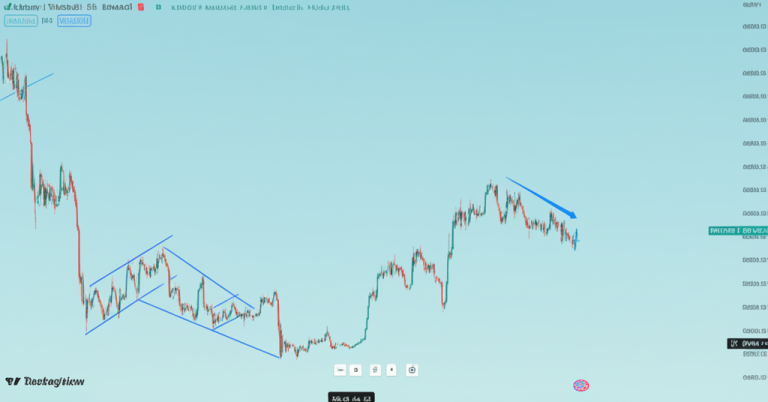“`markdown
The Rise of a Crypto Giant: Analyzing Coinbase’s S&P 500 Inclusion
A Watershed Moment for Digital Assets
Coinbase’s imminent entry into the S&P 500 marks a tectonic shift in traditional finance’s acceptance of cryptocurrency platforms. This isn’t merely a corporate milestone—it represents Wall Street’s de facto endorsement of crypto infrastructure as legitimate financial architecture. The replacement of Discover Financial Services, a 35-year-old credit card pioneer, with a 13-year-old crypto exchange perfectly encapsulates the changing of the guard in financial services.
The Mechanics Behind the Market Move
Index fund rebalancing dynamics
With $11.4 trillion benchmarked to the S&P 500, conservative estimates suggest at least $10 billion in forced buying from passive funds. This creates an unusual scenario where crypto-native traders and quantitative index trackers temporarily align in market impact.
Liquidity implications
Coinbase’s average daily trading volume of $1.8 billion must now absorb:
– $2.3 billion in anticipated ETF inflows
– $800 million in institutional reallocation
– Potential short covering from its current 12% short interest
The Ripple Effects Across Ecosystems
For traditional finance:
– Creates arbitrage opportunities between crypto spot markets and COIN shares
– Forces legacy institutions to accelerate digital asset custody solutions
– Validates hybrid models like CME’s Bitcoin futures + Coinbase spot market integration
For crypto natives:
– Provides indirect exposure vehicle for retirement accounts
– Increases correlation risks between crypto and traditional markets
– May dampen DeFi purism as centralized exchanges gain legitimacy
Regulatory Tightrope Walk
The inclusion comes amid Coinbase’s:
– Ongoing SEC lawsuit regarding alleged securities violations
– Intensifying scrutiny over stablecoin listings
– Expanding international compliance overhead (MiCA, Travel Rule implementations)
This creates paradoxical pressure—simultaneously needing to appear “compliant enough” for institutional investors while maintaining credibility with crypto libertarians.
The Valuation Conundrum
Current metrics reveal intriguing contradictions:
| Metric | Coinbase | Traditional Exchanges |
|———|———-|———————–|
| P/E Ratio | 48x | 18x (avg) |
| Revenue Growth | 45% YoY | 6% YoY |
| Volatility | 72% (30-day) | 22% |
The premium pricing reflects growth expectations but also crypto’s inherent cyclicality—a characteristic that may clash with index investors’ typical buy-and-hold mentality.
Future Trajectories
Bull case scenario:
– Becomes the “AWS of crypto” through Base L2 adoption
– Captures 50%+ of institutional crypto flows
– Achieves regulatory clarity as a SIFI (Systemically Important Financial Institution)
Bear case risks:
– Crypto winter 2.0 erodes trading revenues
– Loses market share to decentralized alternatives
– Faces existential threat from CBDC implementations
The Bigger Picture: Financial Infrastructure 3.0
This event symbolizes the third evolutionary phase:
1.0: Physical exchanges (NYSE, 1792)
2.0: Electronic trading (Nasdaq, 1971)
3.0: Digital asset gateways (Coinbase, 2024)
The inclusion effectively makes every S&P 500 index investor a crypto infrastructure stakeholder—whether they realize it or not. This silent revolution in asset class exposure may prove more significant than the much-hyped Bitcoin ETF approvals.
Conclusion: The New Gatekeepers Emerge
As Coinbase prepares for its April 19th debut in the S&P 500, the financial world witnesses a profound paradigm shift. The keys to the kingdom are being handed to platforms that understand digital-native assets, even as traditional institutions scramble to adapt. What began as an anarchic experiment in peer-to-peer cash has now produced a pillar of mainstream finance—complete with all the contradictions that transformation entails. The real test begins now: Can Coinbase maintain its innovative edge while shouldering the responsibilities of a blue-chip constituent? The answer will shape not just one company’s fate, but the very architecture of 21st-century finance.
“`
資料來源:
[5] www.ainvest.com
Powered By YOHO AI





